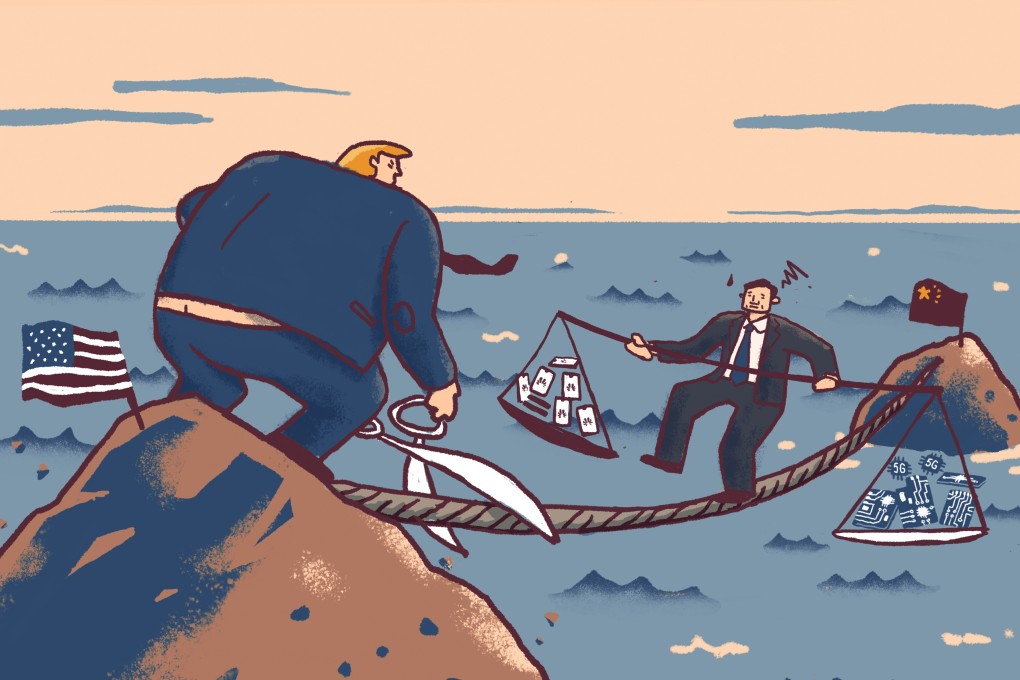Advertisement
Explainer | How did Huawei fall foul of the US government and find itself at the epicentre of a new tech war?
- This is the first in an eight-part series looking at how Huawei has found itself at the epicentre of the US-China tech war
- Four years after Huawei set up shop in the US, a RAND report tied Chinese telecommunications companies like Huawei and ZTE directly to Beijing
Reading Time:8 minutes
Why you can trust SCMP
39

Like many Chinese entrepreneurs, Huawei Technologies’ founder Ren Zhengfei knew he would have to crack the US market before the company could truly become a global operation.
Advertisement
Ren, who studied the management techniques of US tech giants like IBM, had been trying to make headway in the US since the early 2000s but was getting resistance from lawmakers there who viewed the company as an extension of Chinese government intelligence efforts.
By January 2018 however, Huawei felt that its efforts were finally paying off.
Its consumer products chief Richard Yu was slated as a keynote speaker at the giant CES tech fair in Las Vegas, where he planned to announce to the world that US telco giant AT&T would soon start distributing Huawei’s smartphones, a deal that potentially would have given more than 100 million American subscribers the option of using a Huawei phone with their service plan.
However, days before the announcement some US lawmakers found out and urged AT&T to cut its ties with Huawei. Under pressure, the US telco pulled out of the deal the day before CES opened.
Advertisement
Within hours of the deal’s collapse a frustrated Yu said in a text message to the South China Morning Post that Huawei “had been harmed again”. At the keynote on the second day of CES, he called the snub a “big loss” for Huawei, but an even bigger loss for American consumers because they would not have the choice of Huawei devices.

Advertisement